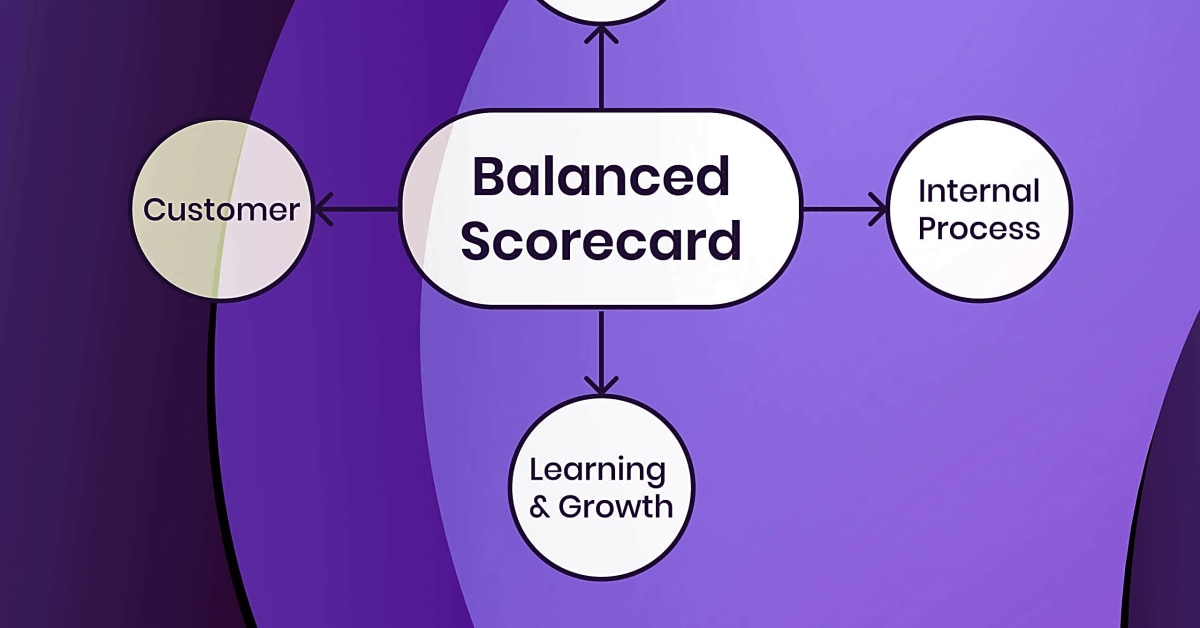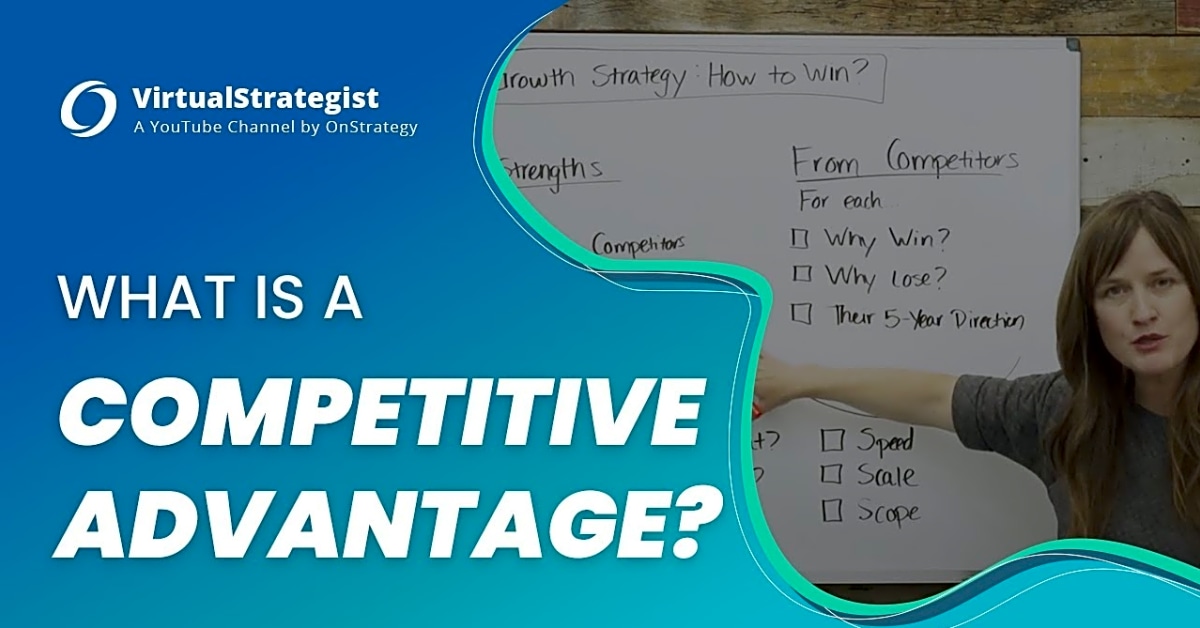In today’s fast-paced business landscape, it is crucial for companies to constantly evaluate their strategic options in order to maintain a competitive advantage. With the ever-changing market conditions and the increasing demands of consumers, businesses must be able to adapt and make strategic decisions that will propel them forward. This is where the concept of SWOT analysis comes into play. By utilizing this powerful tool, companies can gain a deeper understanding of their strengths, weaknesses, opportunities, and threats. In this article, we will delve into the process of evaluating strategic options using SWOT analysis, and how it can help your business stay ahead of the game. So, let’s dive in and discover how you can use this method to make informed decisions that will drive success for your company.
First and foremost, it is important to understand the main purpose of conducting a SWOT analysis. This tool helps businesses identify their strengths, weaknesses, opportunities, and threats, in order to make informed decisions and develop effective strategies.
When conducting a SWOT analysis, it is important to involve key stakeholders and gather data from various sources such as employees, customers, and industry reports. This allows for a comprehensive understanding of the internal and external factors that can impact the company’s performance.
In addition to conducting a SWOT analysis, market research is crucial for understanding your target market, competition, and industry trends. This involves gathering data on consumer behavior, market size, and key competitors. By analyzing this information, businesses can identify potential opportunities and threats and make strategic decisions accordingly.
Furthermore, managing organizational growth is a crucial aspect of evaluating strategic options for your business. This involves setting realistic goals and developing strategies to achieve them. It is important to consider the company’s financial health, resources, and capabilities when making decisions about growth. This will help ensure that the chosen strategies are feasible and align with the company’s current capabilities.
In today’s competitive business landscape, it is crucial for companies to constantly evaluate their strategic options in order to stay ahead of the game. By conducting a SWOT analysis, market research, and managing organizational growth, businesses can make informed decisions and gain a competitive advantage. These factors all play a critical role in identifying the best course of action for business growth and success.
In conclusion, evaluating strategic options is an essential practice for businesses looking to gain a competitive advantage. By utilizing tools such as SWOT analysis and conducting thorough market research, businesses can gather valuable insights and make informed decisions. Additionally, managing organizational growth is key in ensuring that chosen strategies are feasible and aligned with the company’s resources and capabilities. With these practices in place, businesses can stay ahead of the game and thrive in today’s competitive market.
Market Research
In order to effectively evaluate strategic options, it is crucial to have a deep understanding of your target market, competition, and industry trends. This can be achieved through conducting thorough market research.
Market research involves gathering and analyzing information about your target audience, such as their demographics, behaviors, and preferences. This will help you identify potential opportunities and challenges that may arise in the market.
Additionally, researching your competition can provide valuable insights on their strategies and tactics, allowing you to identify areas where you can differentiate and gain a competitive advantage.
Industry trends should also be taken into consideration when evaluating strategic options. This includes understanding the current market conditions, shifts in consumer behavior, and emerging technologies that may impact your business.
Managing Organizational Growth
In order to gain a competitive advantage in today’s business landscape, companies must constantly evaluate their strategic options and manage their organizational growth. This involves setting realistic goals and developing strategies for growth that align with the company’s overall mission and vision.
One important aspect of managing organizational growth is to set achievable goals. These goals should be specific, measurable, attainable, relevant, and time-bound (SMART). By setting SMART goals, companies can effectively track their progress and make necessary adjustments to ensure continued growth.
Once goals have been established, it is important to develop strategies for achieving them. This may involve conducting market research to identify potential opportunities for growth, analyzing the company’s strengths and weaknesses through a SWOT analysis, and developing a plan to capitalize on these insights.
It is also crucial for companies to consider how their organizational structure and processes may need to adapt in order to support growth. This may involve hiring additional staff, implementing new technologies, or restructuring departments. By anticipating potential challenges and making necessary adjustments, companies can ensure smooth and sustainable growth.
Conducting a SWOT Analysis
In today’s competitive business landscape, it is crucial for companies to constantly evaluate their strategic options in order to stay ahead of the game. One effective tool for conducting this evaluation is the SWOT analysis. This acronym stands for Strengths, Weaknesses, Opportunities, and Threats, and it provides a comprehensive framework for assessing your business’s current position and potential for growth. Identifying your business’s strengths is an important first step in the SWOT analysis. This could include factors such as a strong brand reputation, loyal customer base, or unique product offerings. Next, identifying weaknesses helps you identify areas that may need improvement or pose challenges for your business. These could include limited resources, outdated technology, or a lack of skilled employees. Moving on to opportunities, this step involves looking at external factors that could potentially benefit your business. This could include emerging market trends, new partnerships, or changes in consumer behavior. Finally, identifying threats helps you anticipate potential risks or obstacles that your business may face. These could include competition, economic downturns, or changes in government regulations. By conducting a thorough SWOT analysis, you will gain a better understanding of your business’s current strengths and weaknesses, as well as potential opportunities and threats. This will provide valuable insights for making informed decisions and gaining a competitive advantage in the market.
In conclusion, evaluating strategic options is essential for businesses looking to improve their performance and gain a competitive advantage. By conducting a SWOT analysis, conducting market research, and managing organizational growth, you can make informed decisions and stay ahead of the competition. Remember to involve key stakeholders and gather data from various sources for a comprehensive evaluation of your options. With these tools and strategies, your business will be well-equipped to succeed in today’s dynamic business environment.


